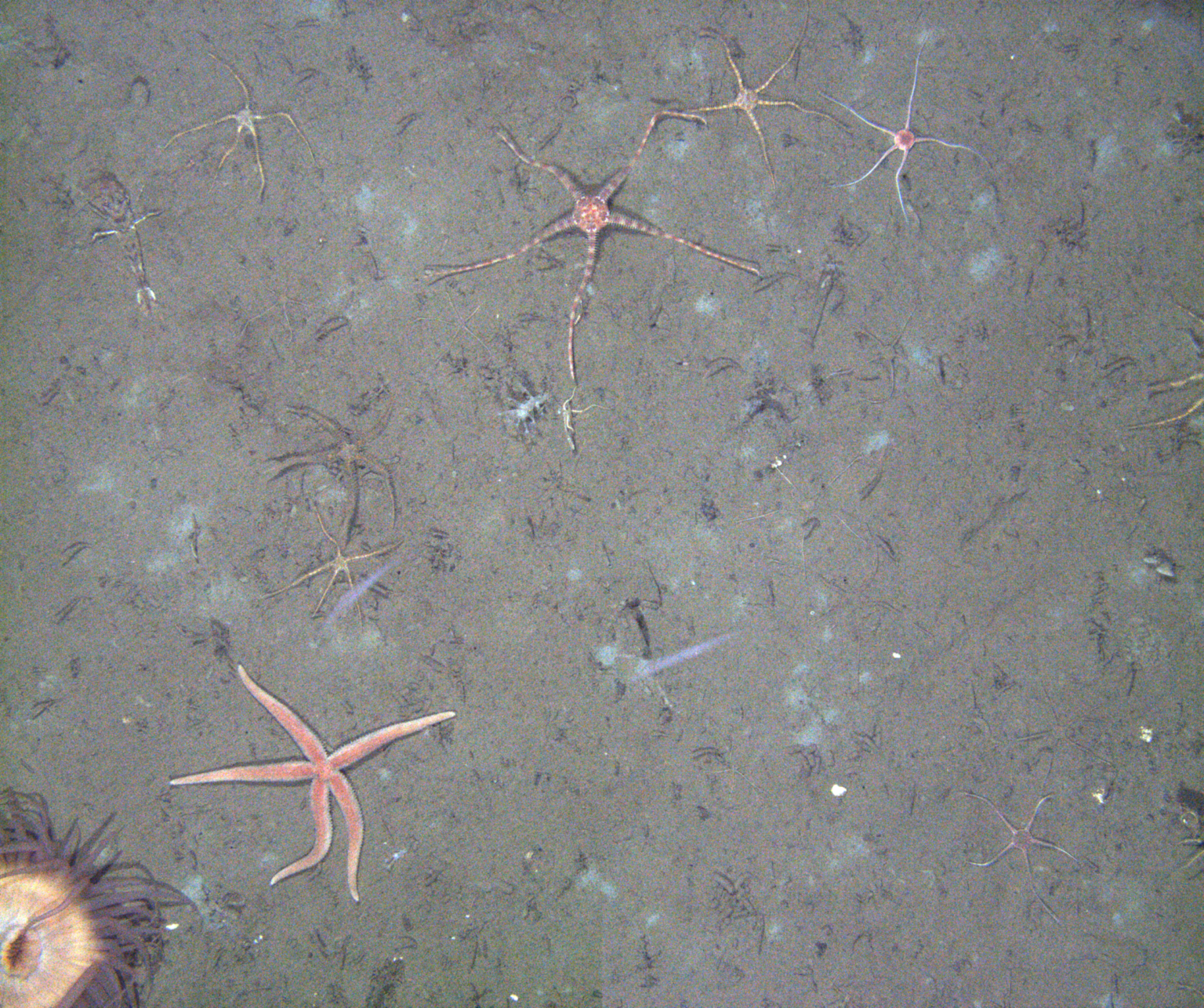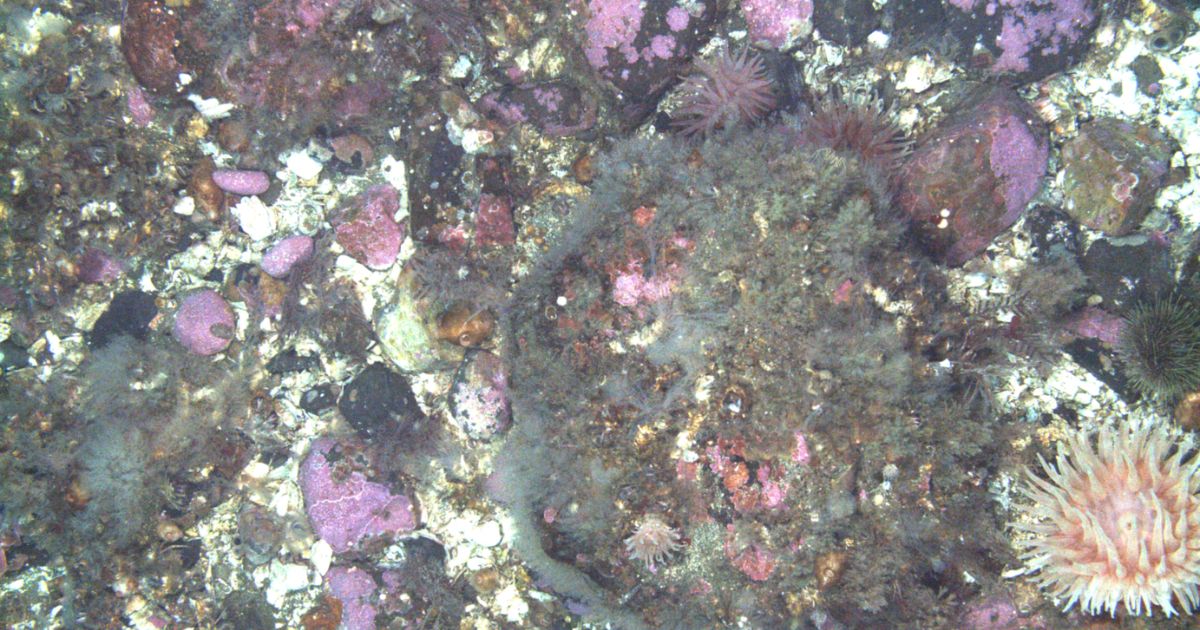Scientists, including from British Antarctic Survey (BAS), systematically surveyed animals living at 17 different sites on the Arctic Ocean floor.
They found that they are storing more carbon than previously thought.
The researchers looked at a variety of seabed habitats, including troughs and shallower water, during two cruises on board RRS James Clark Ross in 2017 and 2019. They took almost 1000 photos of the seabed floor using an underwater camera, and analyzed these to see what creatures were present in each habitat. The team also collected samples to see how much carbon they contain.
“Previous estimates have underestimated how much carbon is being removed by marine life because they were based on data from troughs on the ocean floor. We systematically assessed a wider range of seafloor sites and found that far more carbon is being removed in continental shelf waters,” said Dr. Terri Souster, the study’s lead investigator, at the Arctic University of Norway.
Seafloor animals, such as corals, sponges, snails and others, extract carbon from their food and the surrounding water to grow and build their skeletons. When they die, their bodies are buried in sediments on the ocean floor, permanently locking away much of the carbon they contain.
Carbon captured and stored by life in the world’s oceans and coastal wetlands is known as blue carbon, and plays a critical role in reducing the amount of carbon in our atmosphere. Polar coastal ecosystems store much less carbon than mangroves and seagrass meadows per unit area but are huge in area and some are increasing in response to ice loss so are important like terrestrial forests. Learning more about these alternative and emerging marine carbon sinks is therefore important.
During the 2022 United Nations biodiversity conference, governments agreed on a target of protecting at least 30 percent of the world’s waters by 2030.
Dr. Dave Barnes, a marine biologist and expert in blue carbon and co-author on the study, at BAS says: “This study highlights how little we know about functionality of life in the deep, how it affects the global carbon cycle and the benefits nature in the ocean brings society.
“We don’t know which deeper seabed areas store most carbon, so we don’t know what areas we need to prioritize for conservation. Commercial exploitation is racing ahead before we even know what we will be damaging and losing.”
 Disturbing the seabed and the creatures that live there, which are important stores of carbon, could increase the scale and speed of climate change. (Image credit: BAS)
Disturbing the seabed and the creatures that live there, which are important stores of carbon, could increase the scale and speed of climate change. (Image credit: BAS)
The study, which spanned 17 sites in the Barents Sea north of Norway, could inform current political debates about bottom trawling and deep-sea mining. Earlier this month, Norway became the first country in the world to move forward with commercial-scale deep-sea mining, inviting companies to apply for mining permits in its national waters. Supporters of the practice argue that it is a cheaper and less environmentally harmful than opening up new mines on land to meet the world’s growing demand for rare minerals that are crucial for the green energy transition.
While some governments have called for an international moratorium on seabed mining until scientific gaps have been filled, others have started taking steps towards launching mining operations of their own. The International Seabed Authority is currently drafting regulations that could eventually allow seabed mining in international waters.
Quantifying zoobenthic blue carbon storage across habitats within the Arctic’s Barents Sea by Souster, T., Barnes, D.K.A., et al. is published in Frontiers in Marine Science.



